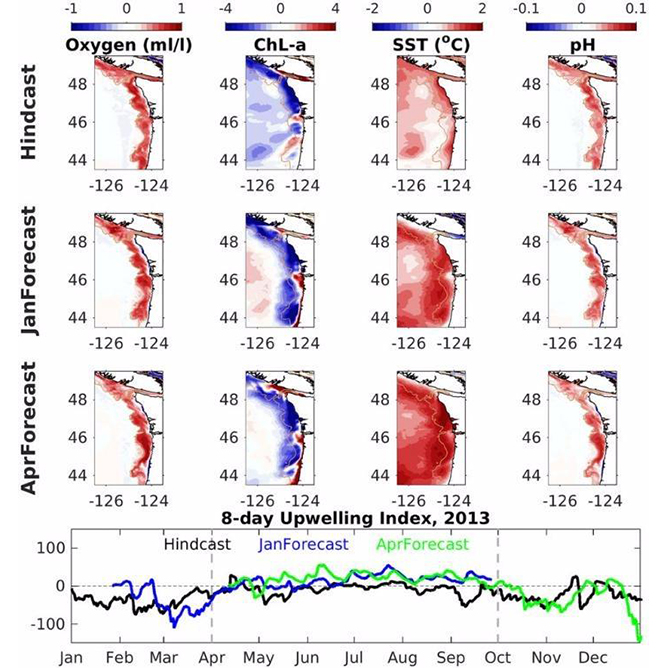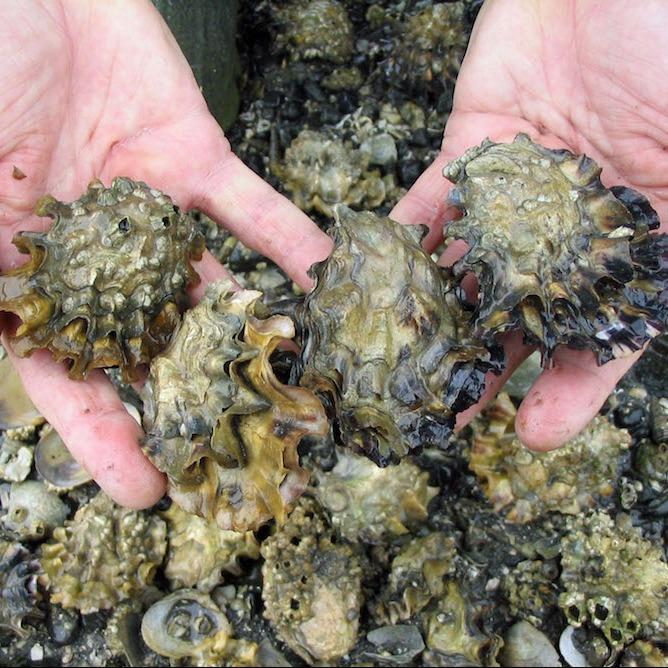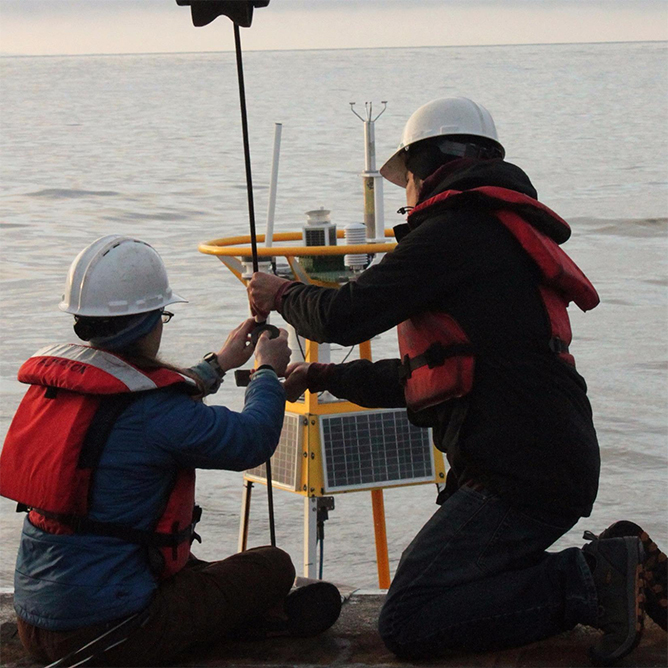Elementa: Science of the Anthropocene
The impact of oyster aquaculture on the estuarine carbonate system
Many studies have examined the vulnerability of calcifying organisms, such as the eastern oyster (Crassostrea virginica), to externally forced ocean acidification, but the opposite interaction whereby oysters alter their local carbonate conditions has received far less attention. We present an exploratory model for isolating the impact that net calcification and respiration of aquacultured eastern oysters
The impact of oyster aquaculture on the estuarine carbonate system Read More »


